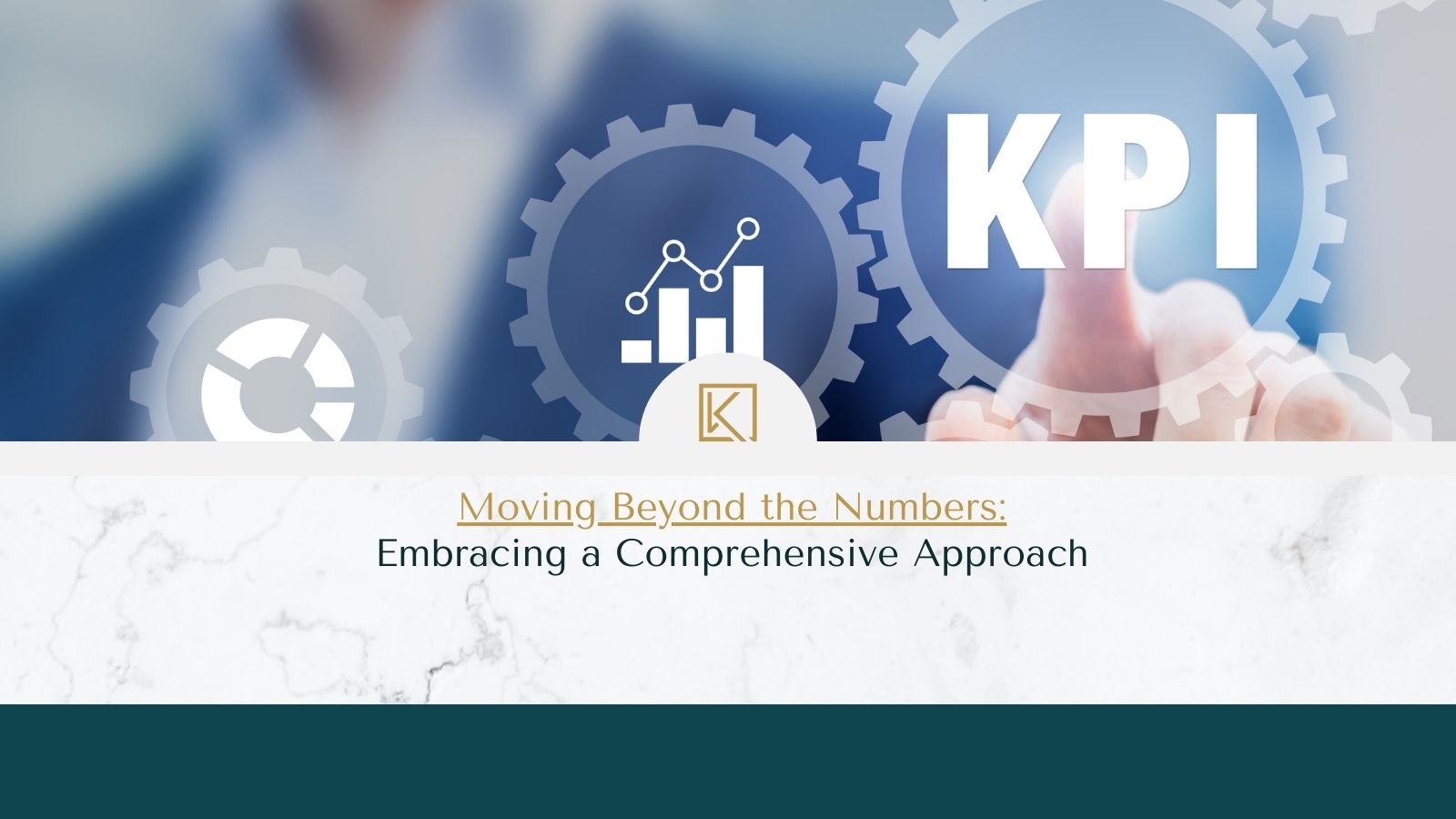Moving Beyond the Numbers: Embracing a Comprehensive Approach
In the learning and performance world, metrics and data hold significant sway. Whether it’s through surveys or knowledge tests, numbers often take center stage when it comes to gauging program effectiveness. But here’s the thing: relying solely on those numbers doesn’t always tell the whole story. Sure, metrics provide valuable insights, but they’re just one piece of a much larger puzzle. Let’s take a closer look at the limitations of traditional survey-based evaluations and explore fresh strategies for understanding the full impact of learning programs.
The Problem with Surveys: Unveiling Limitations and Biases
It’s common practice to send out Level 3 surveys to managers after a program. But here’s the kicker: human behavior doesn’t always sync up with what people say in those surveys, especially over time. Without ongoing support and reinforcement, any changes in behavior might fizzle out, making those delayed surveys less effective at capturing real outcomes.
Plus, when you throw in low response rates and mandatory participation, the validity of the survey results starts to come into question. It’s time to rethink how much weight we give to this data and explore fresh perspectives when making big strategic decisions.
Earning the Right: Cultivating Trust and Engagement
Before bombarding our stakeholders with surveys, let’s take a step back and focus on something crucial: building trust and mutual respect. The key is nurturing strong relationships and making sure everyone understands the value of their feedback.
When people feel respected and valued, that’s when you get genuine, honest responses that truly make a difference. Open communication channels and ongoing engagement are key to fostering this culture of trust. By consistently demonstrating our commitment to listening and acting upon feedback, we can ensure that everyone feels empowered to share their insights freely.
Using Data as a Springboard: Integrating Quantitative and Qualitative Insights
Numbers are great, but their real power shines when they lead us to dig deeper into qualitative insights. Keep in mind that survey numbers alone are not enough. Instead, let’s use them as a jumping-off point for a more in-depth exploration. When we combine quantitative metrics with qualitative data, that’s when the magic happens, and we gain a fuller picture of the impact our programs are having.
By incorporating anecdotes, testimonials, and open-ended responses from surveys, we can capture the human element behind the numbers, revealing invaluable stories and perspectives that add depth to our understanding of program effectiveness.
Focusing on What Matters: Aligning Metrics with Strategic Objectives
Senior leaders tend to focus on Level 3 and 4 performance outcomes, but most surveys give us Level 1 reactions and Level 2 learning analytics. To truly show our strategic value, we have to present evidence that’s tied directly to real business impact.
By aligning our evaluation efforts with the big-picture goals of the organization, we can paint a clearer picture of the value our programs bring to the table. Incorporating metrics like ROI, productivity improvements, or customer satisfaction scores can help bridge the gap between training outcomes and organizational success, providing senior leaders with actionable insights to drive strategic decision-making.
It’s About the People: Prioritizing Human-Centered Performance
At the heart of everything we do in L&D are those human experiences and the amazing potential within each person. So, while we’re swimming in a sea of data, it’s vital to keep our ears tuned to the specific dreams and goals of each individual.
Using metrics as a launchpad, we can craft solutions that not only boost performance but also empower people to shine in their unique roles within the organization. Let’s make sure we’re putting the “human” back in “human-centered performance.” After all, it’s those personal growth journeys and moments of triumph that truly define the essence of what we do.
It’s time to break free from the traditional ways of survey-based evaluations and embrace a more holistic approach. By blending numbers with real stories and focusing on what truly matters – human-centered performance – we can take our learning and development efforts to the next level. Together, we’ll make meaningful evaluations and sustained excellence our guiding stars.
Ready to learn more? Check out the latest episode of The Kirkpatrick Podcast, where Vanessa Alzate and Jim Kirkpatrick take an in-depth look at the limitations of data and metrics in L&D. It’s a must-listen for anyone looking for guidance and practical insights on going beyond the numbers for better learning measurement.
Listen or watch the latest episode here:
Keep in mind, the real magic happens when we refine our approach to training and see tangible results. By fostering a culture of trust, engagement, and ongoing improvement, we boost the chances of success for our training programs.
Looking for a crash course in the Kirkpatrick Model? Check out the Kirkpatrick Evaluation Toolkit, your ultimate guide for efficient and effective evaluation. Learn more here!
